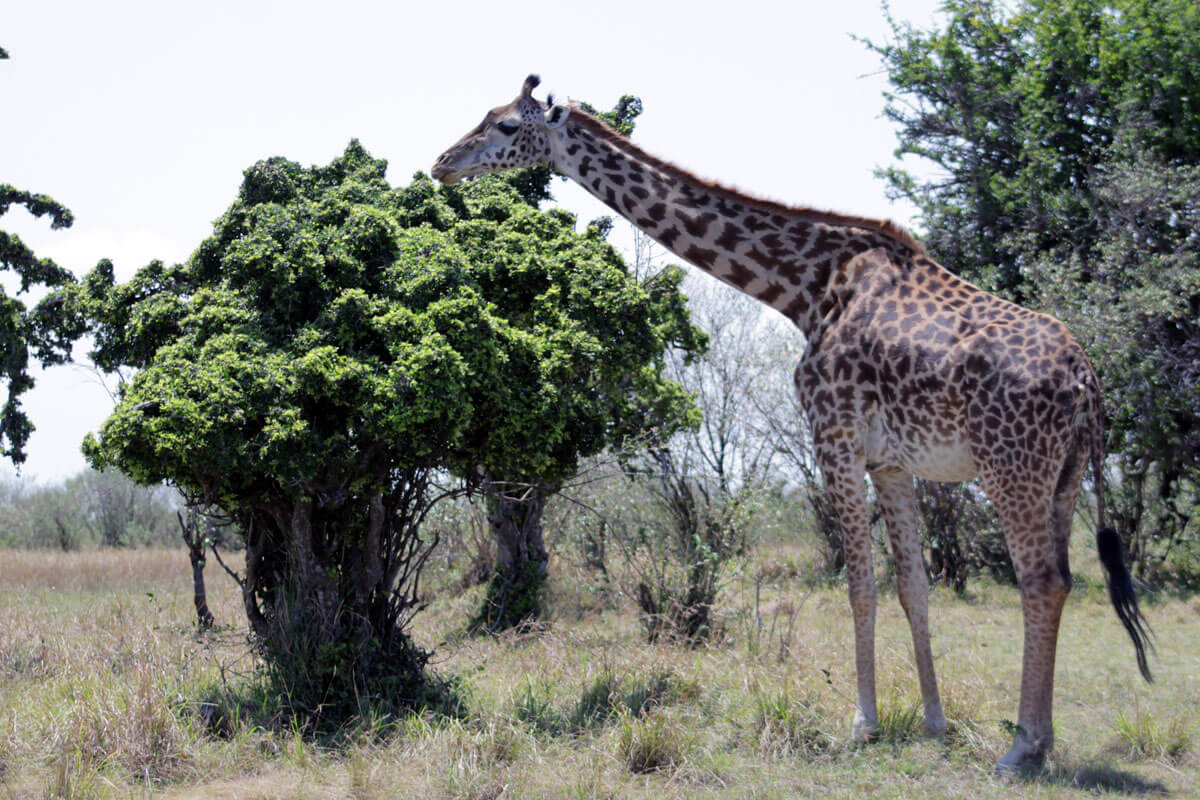Lake Manyara National Park is found in the Northern part of Tanzania. It is 126 km west of Arusha and covers an area of 330 sq km including the lake’s surface of 230 square kilometers.
It was gazetted as a national park in 1960 and recognized as a World Heritage site by UNESCO in 1981. There are many attractions in Lake Manyara National Park but the main focus is usually on Lake Manyara.
Lake Manyara is an alkaline lake that is home to many kinds of bird life. It is popular for the large flocks of flamingos that feed along the edge of the lake in the wet season.
This is the most common way of exploring Lake Manyara National Park. On these game drives, tourists can enjoy and photograph the different kinds of wildlife in Lake Manyara National Park.
Visitors will marvel at the sight of tree-climbing lions lounging in tree branches while keeping a close eye on their prey.
 2. Bird watching
2. Bird watchingVisitors can enjoy a beautiful view of large flocks of pink flamingos that eventually look like a pink blanket on the surface of Lake Manyara. The park has over 350 bird species and therefore visitors get to enjoy seeing most of these birds.
The tree-top canopy walk enables you to enjoy nature and wildlife at a tree-top height. You will be able to see some primates and different birds within the forest.
Lake Manyara National Park’s most popular animals are the tree-climbing lions. These lions have a unique climbing character that cannot be found in lion populations in other Tanzanian parks.
The Park is also home to many other animals like elephants, giraffes, hippos, baboons, leopards, blue and vervet monkeys, and many others.
Lake Manyara National Park has several habitats that are home to different species of birds.
Huge flocks of pelicans and pink flamingos are often near the lake. You will enjoy seeing many egrets, stalks, spoonbills, and other waders near the flood plains and close to the park borders.
The woodlands harbor crowned eagles, crested guinea fowls, and many others.
Lake Manyara National Park has grassy flood plains close to Lake Manyara and acacia woodlands as you move further away from the lake.
Evergreen groundwater forests are found below the Rift Valley wall. These are supported by the rivers flowing off the escarpments.
Extensive swamps are found near Simba River where its tributaries flow into Lake Manyara. Grasslands dominate the dry locations of the park.
Lake Manyara is the seventh largest lake in Tanzania by surface area covering 230 square kilometers.
It is part of the Lake Manyara Biosphere Reserve. The Lake Manyara Biosphere Reserve was established in 1981 as part of its Man and the Biosphere Programme.
Lake Manyara is a shallow alkaline lake with salt deposits. The lake hosts large flocks of pink flamingos in addition to other wildlife like hippos.
The Lake Manyara treetop walkway is 370m long. It gradually rises from the ground up to the canopy of the forest. Visitors can the canopy of Lake Manyara forest enjoy the untouched nature and see wildlife from a bird’s eye view.
Lake Manyara National Park is 184km away from Kilimanjaro International Airport. The park can then be accessed by road which takes 3-4 hours from Kilimanjaro International Airport.
You can also access the park using a domestic flight to Arusha Airport and then take a chartered flight to Lake Manyara Airport. From there, you can connect by road to the park gate which is about 30 minutes away.
The best time to view large animals in this park is in the dry season which happens from July to October and from January to February.
The best time for bird watching in Lake Manyara is the wet season. The wet season begins from November to December and March to June.
It is important to note that the wet season is characterized by rain. These make the roads slippery and make access to the park difficult.
Accommodation in Lake Manyara National Park varies based on the experience and location you want. Some are located inside the park while others are outside the park.
There is a variety of accommodations available and well-developed to suit your needs according to your budget.
Most tourists visit Lake Manyara National Park en route to Serengeti National Park and the Ngorongoro Crater because it is the first stopover from Arusha. The rich diversity of wildlife makes Lake Manyara National Park worth the stop.
